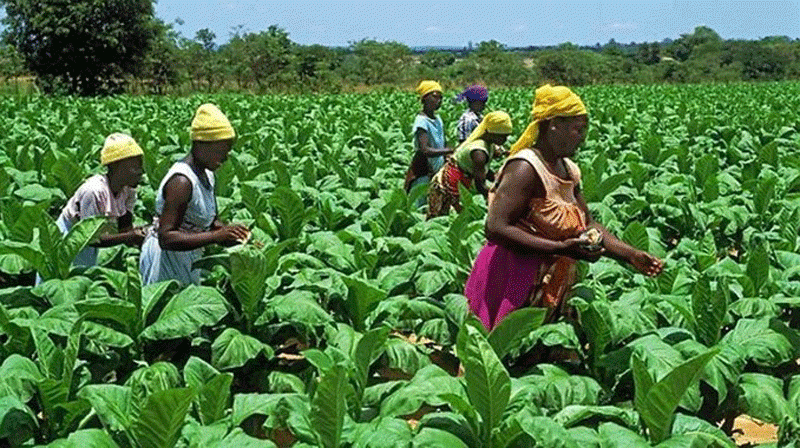
TOBACCO farmers are battling the emergency of a destructive fungal disease, posing a huge threat to their crop.
Zimbabwe Tobacco Growers Association president George Seremwe urged farmers to seek expert advice on how to treat their crop against the destructive Fusarium Wilt and Root Rot (FWRR).
“Our call as tobacco farmers leadership is for consultation with experts in the field of tobacco production,” Seremwe said.
“These include agriculture extension officers and Tobacco Research Board (TRB) so that they can lead the way on what pesticides can be used.
“Currently we are not aware and there is lack of information on preventive measures.”
FWRR is caused by soilborne fungi from the genus Fusarium.
More than 18 Fusarium species are associated with the disease globally, with at least seven identified in Zimbabwe, including F nicotianae, F falciforme, F solani, F longifundum and F chlamydosporum.
According to Charles Karavina, head of plant health and agricultural resilience, the disease thrives in warm, humid climates and is particularly aggressive in sandy-loam soils.
- Tobacco sales slide 1,7
- Tobacco farmers cry foul
- 18% drop in tobacco deliveries at auction floors
- Tobacco sales rake in US$574m
Keep Reading
“It becomes worse with monocropping and poor sanitation practices such as leaving infected stalks in the field and moving contaminated soil or water between fields,” he said.
Karavina emphasised the importance of integrated disease management.
“We urge farmers to practise crop rotation while maintaining strict hygiene in their fields. They must enhance the use of resistant tobacco varieties once they become available,” he added.
TRB plant pathologist Mike Maranda said the board was working on several interventions to reduce the impact of the disease.
“We are currently testing several fungicides which will be made available to farmers in the next tobacco season,” he said.
“Our focus is also on developing resistant varieties through a breeding programme aimed at tackling both FWRR and Black Shank.”
Maranda urged farmers to regularly inspect their crops.
“Typical symptoms of FWRR include yellowing and drying of leaves, stunted growth, defoliation and eventually plant death,” he said.
“In some cases, you will notice symptoms only on one side of the plant or leaf midvein.
“A distinct chocolate brown or purple discolouration in the vascular tissue running from the taproot to the top of the plant is a tell-tale sign.
“The stem may even bend over at the bud, creating a crook-neck effect. Infected plants dry out and die, with leaves curing on the stalk rather than rotting.”
There was no immediate response from the Tobacco Industry Marketing Board until the time of printing.










